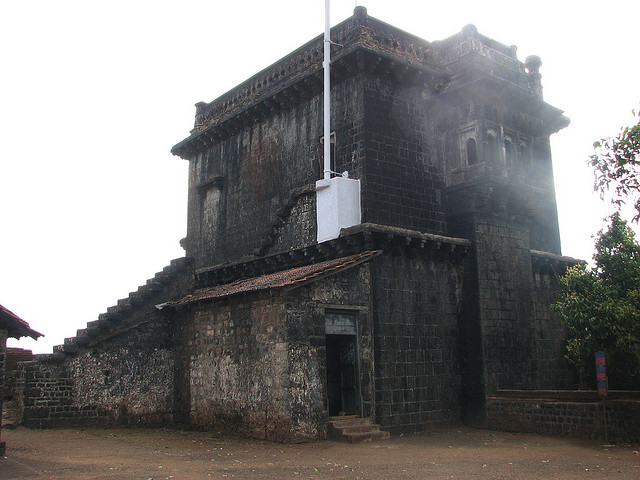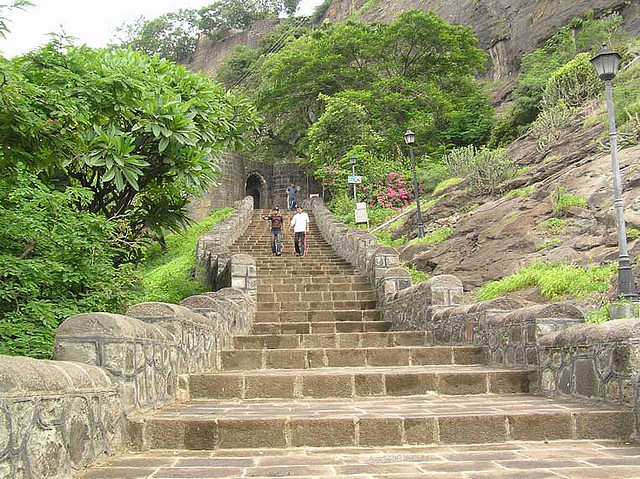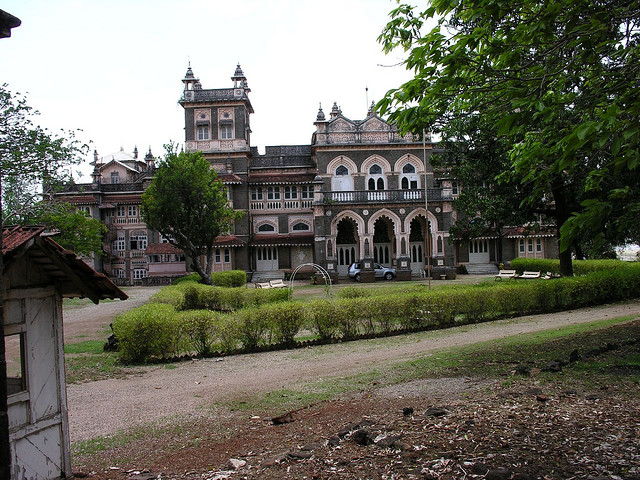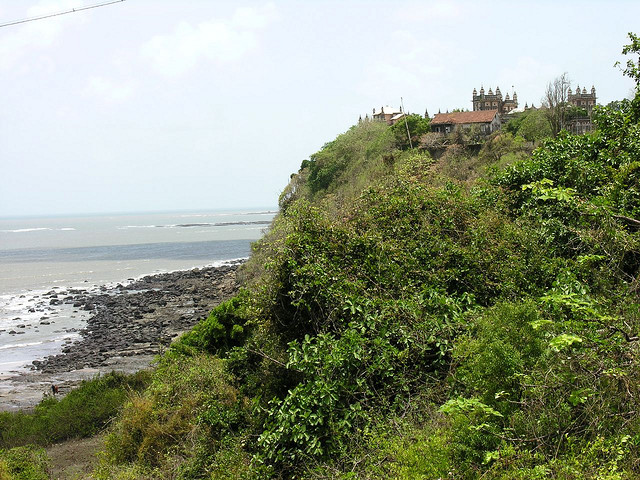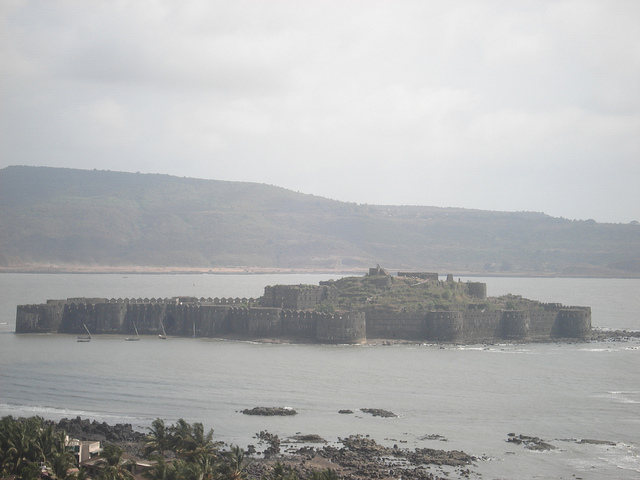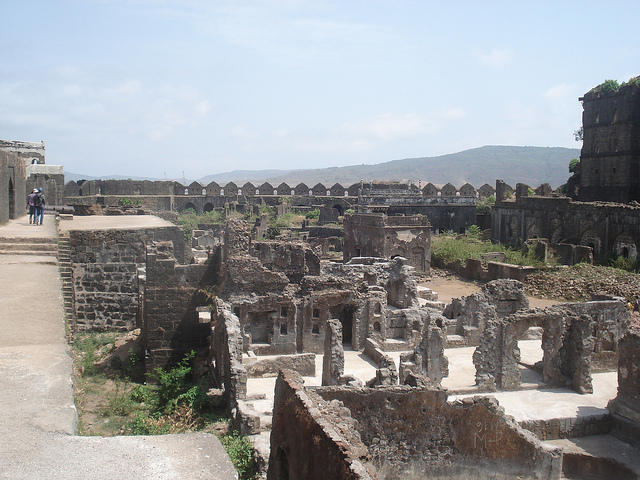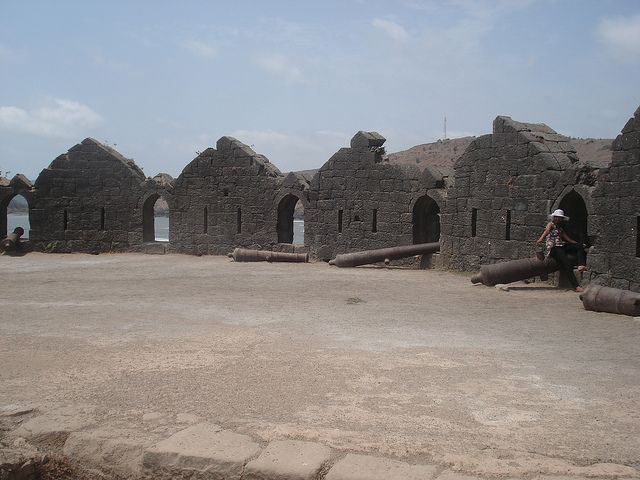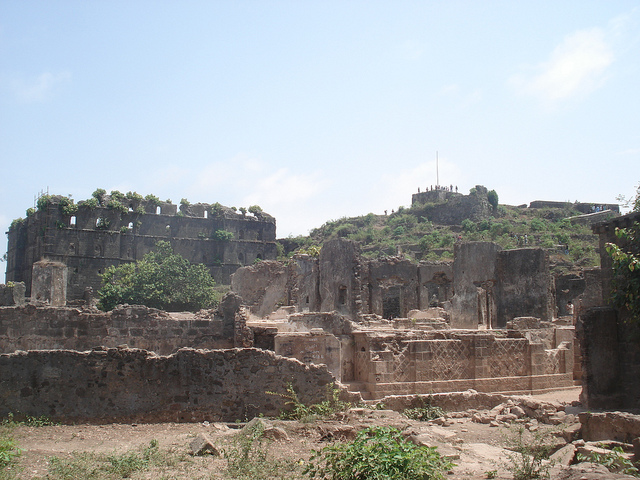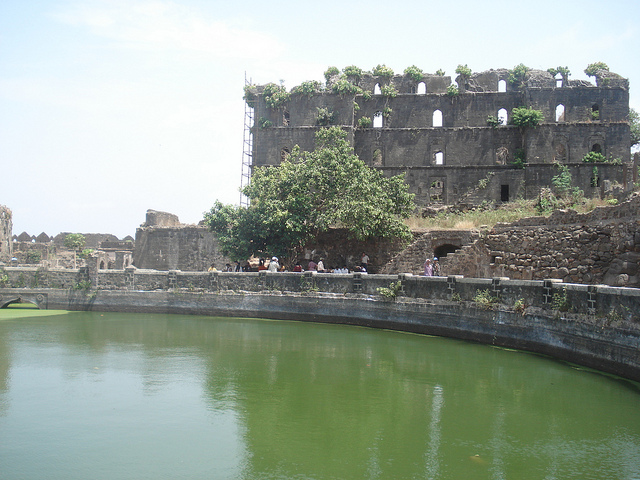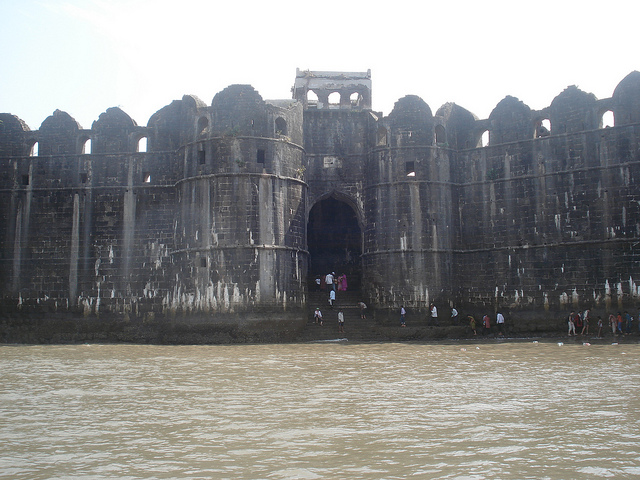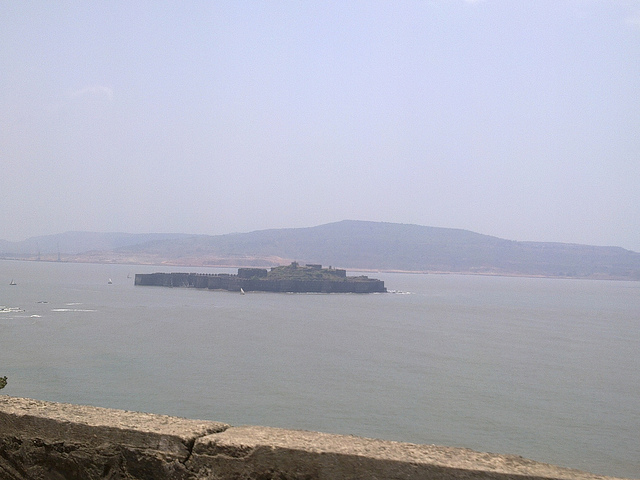Sajja Kothi
Built in the year 1008 A. D., Sajja Kothi is located at Panhala, Maharashtra. Sajja Kothi is a three-storied building, and is a classic example of Mugal architecture. Sajja Kothi, literally means punishment and cell, might have witnessed the tragic end of so many people.
Like all other important places in Maharashtra, Sajja Kothi also is closely associated with Sivaji. The legendary hero used to plan all courageous activities in Sajja Kothi. It is the same place where Sambaji was imprisoned by his father for his delinquent activities.
